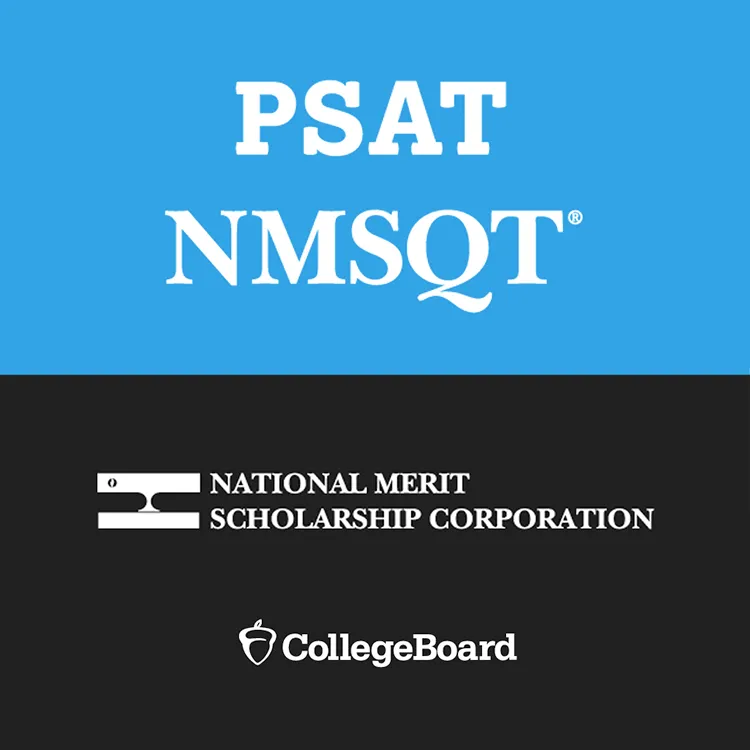
College Board PSAT/NMSQT®
The Preliminary SAT, also known as the PSAT/NMSQT® (National Merit Scholarship Qualifying Test), is a practice version of the SAT exam. The PSAT can be taken once per year, and many students take the test in both 10th and 11th grade. Earning a high score on the PSAT in your junior year could qualify you to receive a National Merit Scholarship. Approximately $180 million dollars in merit scholarships are awarded to students each year. The PSAT is 2 hours and 45 minutes long and tests skills in reading, writing, and math. Unlike the SAT, the highest score possible on the PSAT is 1520.
Reasons Why Students Take the PSAT
- Why You Should Take the PSAT - The Princeton Review
- 4 Great Reasons to Take the PSAT - College Raptor
- AP Potential - AP Potential is designed to help schools increase the number of students who have access to AP and to ensure that no student who has the chance of succeeding in AP is overlooked. AP Potential can be used to identify areas in which a student may want to try more challenging coursework.
After Taking the PSAT
Students who have provided an email address on their PSAT answer sheet will receive an electronic score report in mid-December.
Students who did not provide an email address on their answer sheet will receive a paper score report from their school counselor during the third marking period. Once the scores are received, here's what your student can do to make the most out of the experience:
- Log in to or create a College Board account online. PSAT/NMSQT® scores will be released online mid-December. Students should log in to their College Board account to see scores and test performance details.
- Visit College Board® for free, personalized practice tests.
- Explore Careers. When students log in to see their scores, they can connect with Roadmap to Careers. They answer questions to find out which careers interest them, what degrees they'll need, and what high school courses to take. They can watch video interviews with people in professions related to their interests.
- Get started on BigFuture®. Students can begin their College Search using BigFuture® and Career Finder/Roadtrip Nation to help link strengths to a post-secondary plan.
- Register for the SAT® or the ACT. Take the next step toward college by registering for one of these tests. Both are now widely accepted by colleges and universities across the country; and
Resources
Understanding Your PSAT/NMSQT Score Report
|
- The Parent Guide to PSAT/NMSQT
- Spanish Translation for PSAT/NMSQT® (YouTube Video)
- Los exámenes PSAT/NMSQT y PSAT 10
- How to Access Your PSAT/NMSQT® Scores (YouTube Video) - Nov 28, 2017
- Using Your PSAT/NMSQT® Scores to Increase College Readiness (YouTube Video) - Dec 6, 2017
- How Students Can Join the College Board Opportunity Scholarships Program (YouTube Video) - Feb 7, 2020
- Practice Makes It Easier - Etta (YouTube Video) - May 8, 2018
- Roadmap to Careers: Start with Your Interests, Your Future Will Follow (YouTube Video) - Nov 28, 2017
Additional Resources
